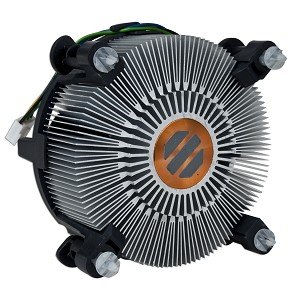- Joined
- Sep 29, 2011
- Messages
- 800
- Points
- 0
Ok my original plan was to put a 445nm diode in a 12mm aixiz module in a CPU heat sink like this

but then I figured instead I could just use a brick of copper. Now my question is this. Which one will provide better heat sinking capability. I would assume the brick is better but I'm not sure that it would be as good as a radial CPU heat sink with a fan. So what are everyones thoughts on this?
:thanks:

but then I figured instead I could just use a brick of copper. Now my question is this. Which one will provide better heat sinking capability. I would assume the brick is better but I'm not sure that it would be as good as a radial CPU heat sink with a fan. So what are everyones thoughts on this?
:thanks:





